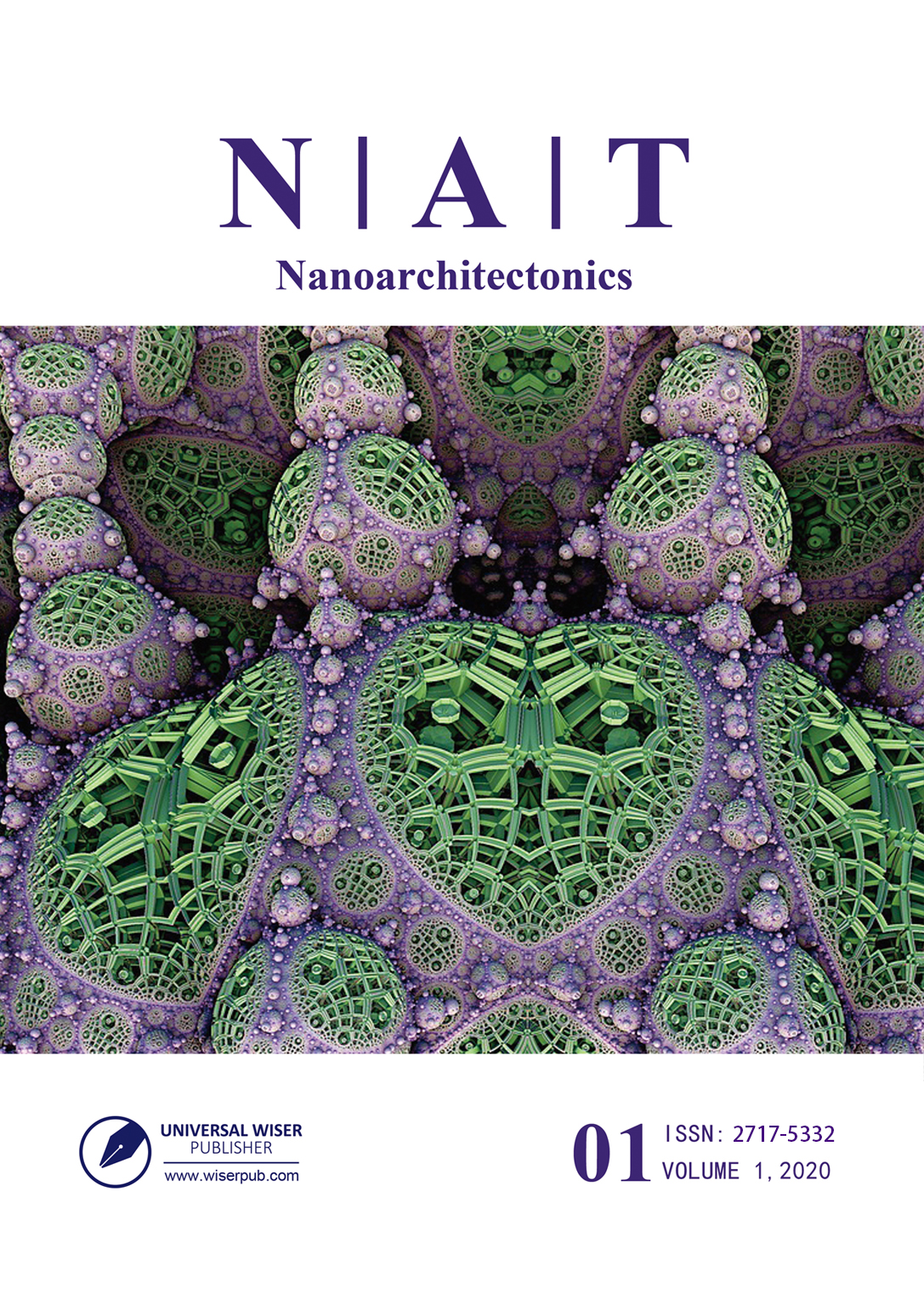Superhydrophobic Self-cleaning Surfaces in Nature
DOI:
https://doi.org/10.37256/nat.112020121.26-37Keywords:
superhydrophobic surfaces, lotus effect, self-cleaning, coating materials, antifoulingAbstract
A global interest was awarded to study the natural superhydrophobic surfaces since the description of the Lotus Effect by Barthlott and Neinhuis in 1997. Natural biomimetic surface merits of micro/nano-roughness, water contact ˃ 150°, sliding angles ˂ 10°, and minimized free-energy characteristics would motivate the dynamic fabrication of superhydrophobic surfaces. This critical review introduces an architectural panorama of numerous structural designs of natural superhydrophobic surfaces. Also, it discussed the fundamentals of self-cleaning and wetting theories to develop superhydrophobic structures. This progress review concentrates on superhydrophobic materials' applications for self-cleaning marine antifouling surfaces. It introduced an in-depth understanding of the structural design-superhydrophobic property relationship of the natural nano-wettable surfaces. It is technically first to shed light on the inner basics and platform for surface non-wettability and facilitates the way for design biomimetic self-cleaning antifouling surfaces.


